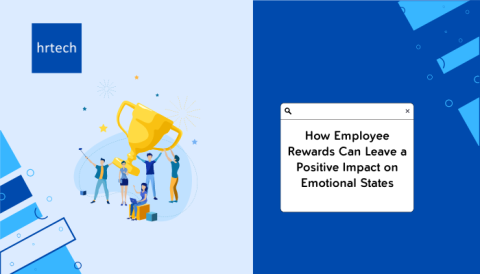Introduction
In today’s competitive business world, keeping employees motivated is just as critical as hiring the right talent. This is where Rewards and Recognition (R&R), often known as RNR awards, play a vital role. At its core, R&R refers to structured programs and practices designed to acknowledge employees for their performance, efforts, and achievements.
But it’s more than just giving a bonus or a “thank you” note when executed correctly, R&R fosters employee engagement, boosts morale, improves retention, and cultivates a positive work culture.
What is Rewards and Recognition (R&R)?
Rewards and Recognition are two interconnected strategies companies use to show appreciation.
- Rewards: These are tangible or intangible benefits, such as bonuses, vouchers, promotions, or experiences granted to employees for meeting or exceeding expectations.
- Recognition: This refers to verbal or written acknowledgment, appreciation, or praise for an employee’s contributions. It could be as simple as saying, “Great job on that project!”
The purpose of R&R is not limited to applauding hard work, it creates a culture of appreciation, where employees feel seen, valued, and motivated to perform better.
Key Purpose of R&R:
- Drive employee engagement
- Foster loyalty and reduce turnover
- Reinforce organizational values
- Improve collaboration and trust
- Build long-term career satisfaction
While knowing the meaning is important, it’s equally critical to understand how rewards differ from recognition and why organizations must balance both.
Difference Between Employee Rewards and Recognition

While many organizations use the terms rewards and recognition interchangeably, they are not the same. Both play a crucial role in boosting employee morale, but they differ in nature, intent, and delivery. Understanding these differences helps businesses create a balanced RNR (Rewards and Recognition) strategy.
Here’s a detailed breakdown:
| Aspect | Rewards | Recognition |
| Definition | Tangible or intangible benefits offered to employees for their contributions, performance, or achievements. | The acknowledgment or appreciation of an employee’s effort, behavior, or attitude, regardless of outcomes. |
| Form | Usually tangible (cash bonuses, vouchers, gifts, promotions, perks). | Mostly intangible (verbal praise, thank-you notes, public appreciation). |
| Timing | Often scheduled or structured, e.g., annual bonuses, performance-linked incentives. | Can be immediate and spontaneous, e.g., praising someone in a team meeting. |
| Focus | Emphasizes results and performance outcomes. | Emphasizes efforts, behaviors, and contributions. |
| Consistency | Typically given on specific occasions (quarterly, yearly, or upon project completion). | Can be frequent and ongoing, whenever positive contributions are observed. |
| Impact | Boosts job satisfaction, financial well-being, and employee motivation through material benefits. | Builds self-esteem, morale, and emotional connection with the organization. |
| Employee Credit | Credits an employee for meeting or exceeding set targets. | Appreciates the employee’s dedication, teamwork, and cultural alignment, even if outcomes are not yet achieved. |
| Examples | Bonus pay, gift cards, paid vacation, stock options, healthcare perks, promotions. | “Employee of the Month” announcement, a manager’s thank-you email, peer-to-peer recognition, social media shoutouts. |
Key Insight:
- Rewards answer the question: “What will I get for my performance?”
- Recognition answers the question: “Do people value my effort and contribution?”
Both need to go hand-in-hand. While rewards provide tangible motivation, recognition creates emotional satisfaction, loyalty, and long-term engagement.
Want to strike the right balance? TeamLease helps organizations design customized reward systems that align with their culture and values.
Now, let’s explore the types of RNR programs that organizations can implement to maximize employee engagement.
Types of Rewards and Recognition Programs

An effective Rewards and Recognition (RNR) strategy is not one-size-fits-all. Organizations can design programs depending on their culture, employee demographics, industry, and budget. Below are the most popular and impactful types of RNR programs:
1. Monetary Rewards Programs
These are tangible financial benefits provided to employees for their achievements and contributions.
- Performance Bonuses – Given for meeting or exceeding targets (e.g., quarterly sales bonuses).
- Spot Bonuses – Instant cash incentives for going above and beyond in a specific task.
- Profit-Sharing & Stock Options – Align employees with company success by giving them a share in profits or stock ownership.
- Salary Hikes & Promotions – Recognition in the form of career and financial growth.
Example: Many IT companies in India (like Infosys and TCS) offer performance-linked bonuses as part of their annual appraisal cycle.
2. Non-Monetary Rewards Programs
These focus on intangible benefits that still carry immense motivational value.
- Certificates & Trophies – Tangible proof of achievement, often showcased proudly by employees.
- Extra Time Off – Offering additional paid leave days for high performance.
- Special Privileges – Priority parking spaces, flexible work hours, or access to exclusive training.
- Public Appreciation – Highlighting achievements in company newsletters or meetings.
Example: Zappos has a culture where employees are recognized in public forums for showcasing company values.
3. Peer-to-Peer Recognition Programs
Recognition doesn’t always have to come from managers. Allowing employees to acknowledge each other’s efforts builds a positive, collaborative culture.
- Employees can nominate peers for recognition awards.
- Digital platforms allow “kudos” or “shoutouts” within teams.
- Peer-based recognition reduces hierarchy barriers and creates inclusiveness.
Example: Salesforce uses its internal social platform “Chatter” where peers can openly appreciate each other’s contributions.
4. Team-Based Rewards Programs
Sometimes, success is a group effort. Recognizing teams boosts collaboration and accountability.
- Team awards for project completion or exceeding deadlines.
- Group outings, team lunches, or travel experiences.
- Recognition ceremonies where entire departments are celebrated.
Example: In consulting firms like Deloitte, successful project delivery often results in team-level rewards such as off-site trips or team dinners.
5. Value-Based Recognition Programs
Instead of focusing only on outcomes, these programs reward behaviors that align with company culture and values.
- Recognizing employees for showing integrity, innovation, or a customer-first mindset.
- Awards tied to specific corporate values (e.g., “Collaboration Champion Award”).
Example: Google’s recognition programs often highlight creativity, collaboration, and innovation as core values.
6. Milestone & Service Recognition Programs
Acknowledging career longevity and loyalty is another important part of RNR.
- Service anniversaries (5 years, 10 years, etc.).
- Retirement honors.
- Celebrating promotions or major career milestones.
Example: IBM celebrates employees’ career milestones with personalized awards and global recognition across its internal platforms.
7. Wellness & Lifestyle Rewards Programs
As employee well-being becomes a top priority, organizations are introducing health-oriented rewards.
- Gym memberships or wellness allowances.
- Paid wellness days (mental health breaks).
- Healthy lifestyle rewards (fitness challenges, step count competitions).
Example: Microsoft offers wellness stipends and encourages employees to invest in their physical and mental well-being.
8. Digital & Gamified Recognition Programs
With remote and hybrid work culture on the rise, technology-driven RNR solutions are gaining popularity.
- Digital recognition platforms (like TeamLease ).
- Gamification – Employees earn badges, points, or leaderboards for achievements.
- Social recognition – Sharing appreciation on LinkedIn, Slack, or company-wide apps.
Example: Many startups use gamified apps where employees collect points for recognition, which can later be redeemed for rewards.
9. Customer-Driven Recognition Programs
Employees who directly interact with customers can be recognized based on customer feedback.
- “Best Customer Service Representative” awards.
- Acknowledging employees who consistently get high satisfaction ratings.
- Rewarding staff who turn negative customer experiences into positive ones.
Example: Hospitality brands like Marriott recognize employees based on customer reviews and feedback scores.
Having seen the types, the next step is to understand the real-world impact RNR programs create on employee satisfaction and engagement.
Impact of Rewards on Job Satisfaction and Engagement

When implemented thoughtfully, RNR awards create a lasting impact on employee behavior and the overall work environment. Here’s how:
- Boosts Satisfaction: Employees who are rewarded feel their efforts are noticed and appreciated. This strengthens trust, builds a sense of belonging, and nurtures loyalty toward the company.
- Enhances Motivation: Recognition acts as positive reinforcement, inspiring employees to exceed expectations and set higher standards of performance.
- Strengthens a Sense of Value: Acknowledging contributions makes employees feel like an integral part of the company’s growth, leading to stronger commitment.
- Encourages Healthy Competition: Well-designed reward structures inspire employees to strive for excellence while fostering collaboration rather than rivalry.
- Reduces Stress and Burnout: Knowing their hard work is valued reduces the chances of burnout, creating a healthier mental environment for employees.
- Promotes Consistency in Performance: Continuous recognition ensures employees stay engaged over time, rather than performing well only occasionally.
- Improves Team Cohesion: Group-based recognition programs encourage unity, collaboration, and stronger workplace relationships.
- Fuels Career Growth Aspirations: Employees who are recognized often feel encouraged to invest in learning, skill development, and long-term growth within the organization.
Want to measure and enhance employee engagement at scale? Explore TeamLease’s HR solutions that help businesses design sustainable recognition programs.
To translate these benefits into reality, organizations need a structured approach for implementing RNR systems.
How to Implement Rewards and Recognition Systems?

Building an effective Rewards and Recognition (RNR) system is more than just distributing perks, it’s about fostering a culture of appreciation. Successful implementation requires strategic planning, fairness, inclusivity, and continuous feedback. Here’s how organizations can do it effectively:
1. Personalization and Fairness
Rewards should never feel generic. The recognition given must align with the individual’s unique contributions and personal motivators. Some employees may value public recognition, while others might prefer a private thank-you or growth opportunities.
- Genuine Recognition: Tie rewards directly to measurable contributions such as innovation, problem-solving, or exceeding performance targets.
- Fairness First: Avoid favoritism by ensuring every employee has equal access to recognition opportunities, regardless of role or tenure.
- Tailored Incentives: Use surveys or feedback forms to understand what types of recognition resonate with different employee groups (e.g., flexible hours, monetary rewards, or career growth programs).
2. Celebration of Accomplishments
Recognition should not be reserved only for annual awards or milestone events. Small, consistent acknowledgments create a culture of appreciation that motivates employees daily.
- Everyday Achievements: Simple actions like sending a personalized email, a public shout-out during a team meeting, or digital badges can reinforce positive behavior.
- Highlight Small Wins: Celebrate employees for resolving client issues quickly, finishing tasks ahead of schedule, or mentoring junior colleagues.
- Public Visibility: Share success stories in newsletters, intranet platforms, or team meetings to inspire others.
3. Involvement and Participation of Staff
For recognition to truly resonate, employees themselves should be part of the process. Peer-to-peer recognition often feels more genuine than top-down appreciation.
- Peer-to-Peer Platforms: Encourage employees to nominate colleagues for recognition awards. This builds camaraderie and strengthens workplace bonds.
- Nomination Systems: Rotate recognition opportunities so all employees feel included and valued.
- Feedback-Driven Rewards: Conduct regular surveys to understand evolving preferences around rewards (cash incentives, time off, wellness perks, etc.).
4. Integration with Company Values and Goals
A well-structured RNR system should reinforce the company’s mission and values. Employees should feel that their contributions connect to the bigger picture.
- Align with Core Values: For example, if innovation is a company value, recognize employees who bring creative solutions.
- Link to Business Goals: Ensure that rewards highlight outcomes that move the organization closer to its strategic objectives, such as customer satisfaction or cost efficiency.
Key Takeaways
- RNR Awards = Rewards + Recognition: Rewards are tangible benefits, while recognition is acknowledgment and appreciation.
- Impact: Boosts morale, engagement, job satisfaction, and retention.
- Types of Programs: Monetary vs non-monetary, individual vs team-based.
- Implementation Tips: Ensure fairness, personalize rewards, celebrate small wins, and involve employees.
- Benefits: Stronger engagement, better productivity, and improved work culture.
- Success Formula: Align rewards with employee preferences and achievements.
Conclusion
Rewards and Recognition (RNR awards) are not just “feel-good” gestures, they are strategic business tools that drive engagement, enhance productivity, and reduce turnover. By combining both tangible rewards and emotional recognition, companies can foster a culture of appreciation that motivates employees and strengthens loyalty.
Ultimately, businesses that invest in effective R&R systems will not only attract top talent but also retain them by making them feel valued every single day.
Ready to strengthen employee loyalty and engagement in your business? Partner with TeamLease to design customized RNR programs that drive productivity and long-term success.
Frequently Asked Questions (FAQs)
Q1. How can small businesses implement effective rewards and recognition programs on a limited budget?
A: Small businesses can leverage non-monetary recognition methods such as public appreciation in team meetings, flexible work arrangements, digital recognition boards, or even personalized thank-you notes. Low-cost but meaningful rewards often have a higher emotional impact than expensive ones.
Q2. What’s the ideal frequency for recognizing employees?
A: There’s no fixed rule, but recognition should be timely and consistent. Experts recommend acknowledging contributions in real time or at least once a month, rather than saving it for annual performance reviews.
Q3. How do rewards and recognition programs support remote and hybrid employees?
A: Digital tools like virtual shout-outs, e-gift cards, online leaderboards, and video-based appreciation ceremonies ensure that remote employees feel equally included. Creating a culture of appreciation online keeps hybrid teams connected and motivated.
Q4. How can organizations measure the success of RNR programs?
A: Success can be tracked through employee engagement surveys, turnover rates, productivity metrics, and feedback scores. Monitoring participation rates in recognition programs is another indicator of effectiveness.
Q5. Can rewards and recognition sometimes have a negative effect?
A: Yes. If the system is biased, inconsistent, or unclear, it can lead to resentment, favoritism, or disengagement. This is why transparency, inclusivity, and fairness are crucial when designing RNR initiatives.







